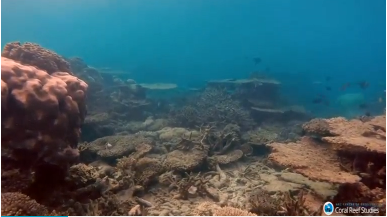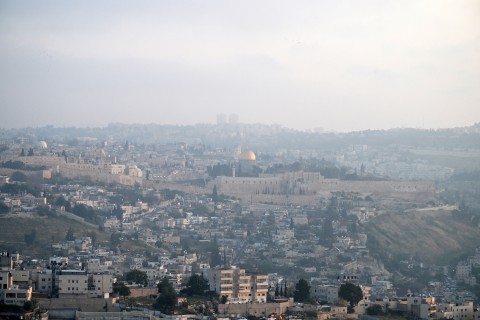

TOWNSVILLE, Australia (Reuters) — Warm seas around Australia’s Great Barrier Reef have killed two-thirds of a 700-km (435 miles) stretch of coral in the past nine months, the worst die-off ever recorded on the World Heritage site, scientists who surveyed the reef said on Tuesday (November 29).
Scientists surveyed sites on the Northern Great Barrier Reef in March and April and again at the same sites in October and November and found on average a loss of 67 per cent of shallow water corals in these areas.
Researchers said the die-off was “almost certainly” the largest ever recorded anywhere because of the size of the Barrier Reef, which at 348,000 sq km (134,400 sq miles) is the biggest coral reef in the world.
“This one is by far the most extreme and we’ve seen three of these events now with just one degree of global warming. So, two degrees of global warming, which is the international target, is going to be a very challenging place for the Great Barrier Reef,” Director Of The Australian Research Council (ARC) Centre Of Excellence For Coral Reef Studies Terry Hughes said.
Bleaching occurs when the water is too warm, forcing coral to expel living algae and causing it to calcify and turn white. Mildly bleached coral can recover if the temperature drops and the survey found this occurred in southern parts of the reef, where coral mortality was much lower.
While Hughes said the central and southern parts of the Great Barrier Reef remains unharmed, it would take time for corals to return to the northern parts.
“That’s a very slow process, we think it’ll take 10 to 15 years for a decent amount of corals to occur in those reefs again,” he said.
UNESCO’s World Heritage Committee stopped short of placing the Great Barrier Reef – the world’s largest at 348,000 sq km (134,400 sq miles) – on an “in danger” list last May, but asked the Australian government for an update on its progress in safeguarding the reef.
Australia will lodge that update on Friday (December 2), said a spokesman for Environment Minister Josh Frydenberg. In June, during an election campaign, Prime Minister Malcolm Turnbull promised A$1 billion in spending to protect the reef.
The finding of the die-off in the reef’s north is a major blow for tourism at reef which, according to a 2013 Deloitte Access Economics report, attracts about A$5.2 billion ($3.9 billion) in spending each year.

